
Customer service is key to maintaining customer satisfaction and loyalty in the e-commerce sector. As your business’s online presence grows, so do the customer expectations, and hiring more in-house support agents means more expenses. The solution is simple: outsource your

How to support eCommerce businesses? E-commerce is one of the fastest-growing sectors in the industry. If you want to enter this space, you need a strong knowledge base of how to provide customer support for online stores. You’ve got an
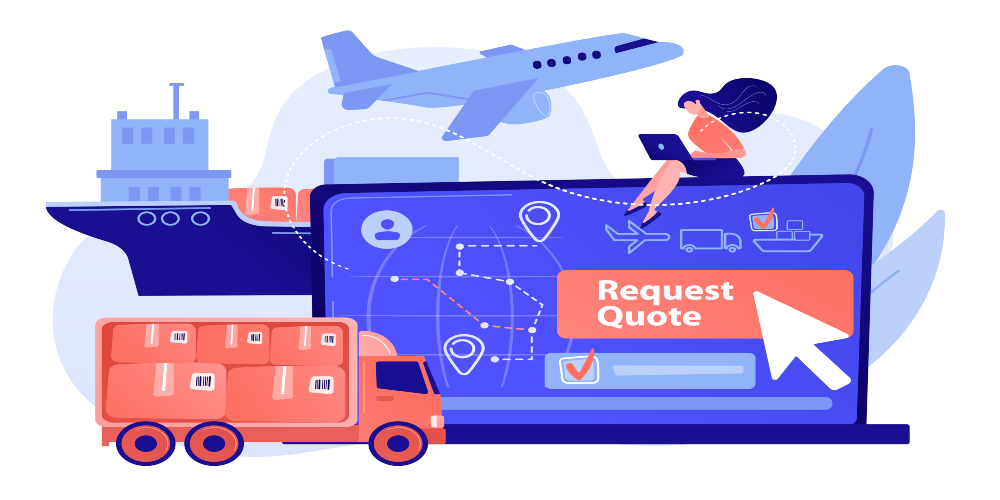
When businesses focus on operations, they are always looking forward to optimizing the costs of every single element. That’s totally logical, because essentially everything at the company revolves around the money-invested and its ROI (return on investment). And when it
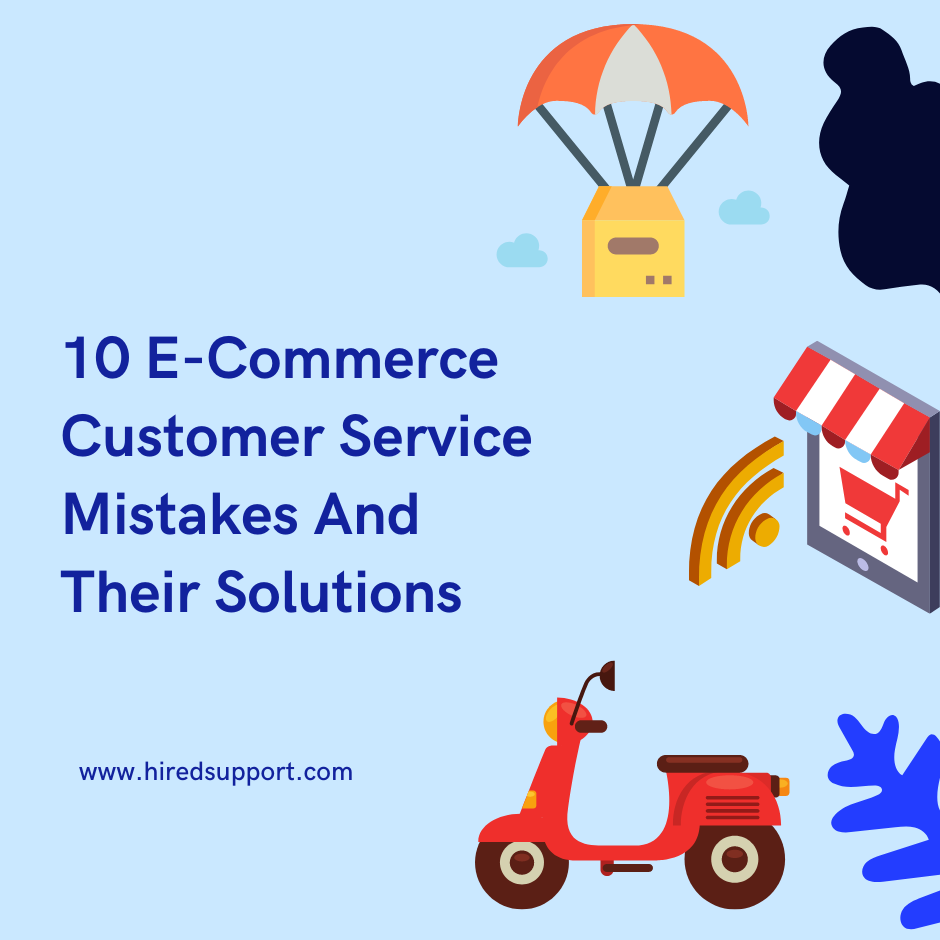
81% of customers feel valued if a chat box appears while they're on a product hunt. Practically, only 19% think that customer support in today's world exceeds their expectations. While these stats tell us about the inadequate state of the

Online paid advertisements (PPC) are like a sprint. They get you where you want to go faster, but require a lot of energy (investment) upfront and the race ends quickly. SEO, on the other hand, is like a marathon. It's
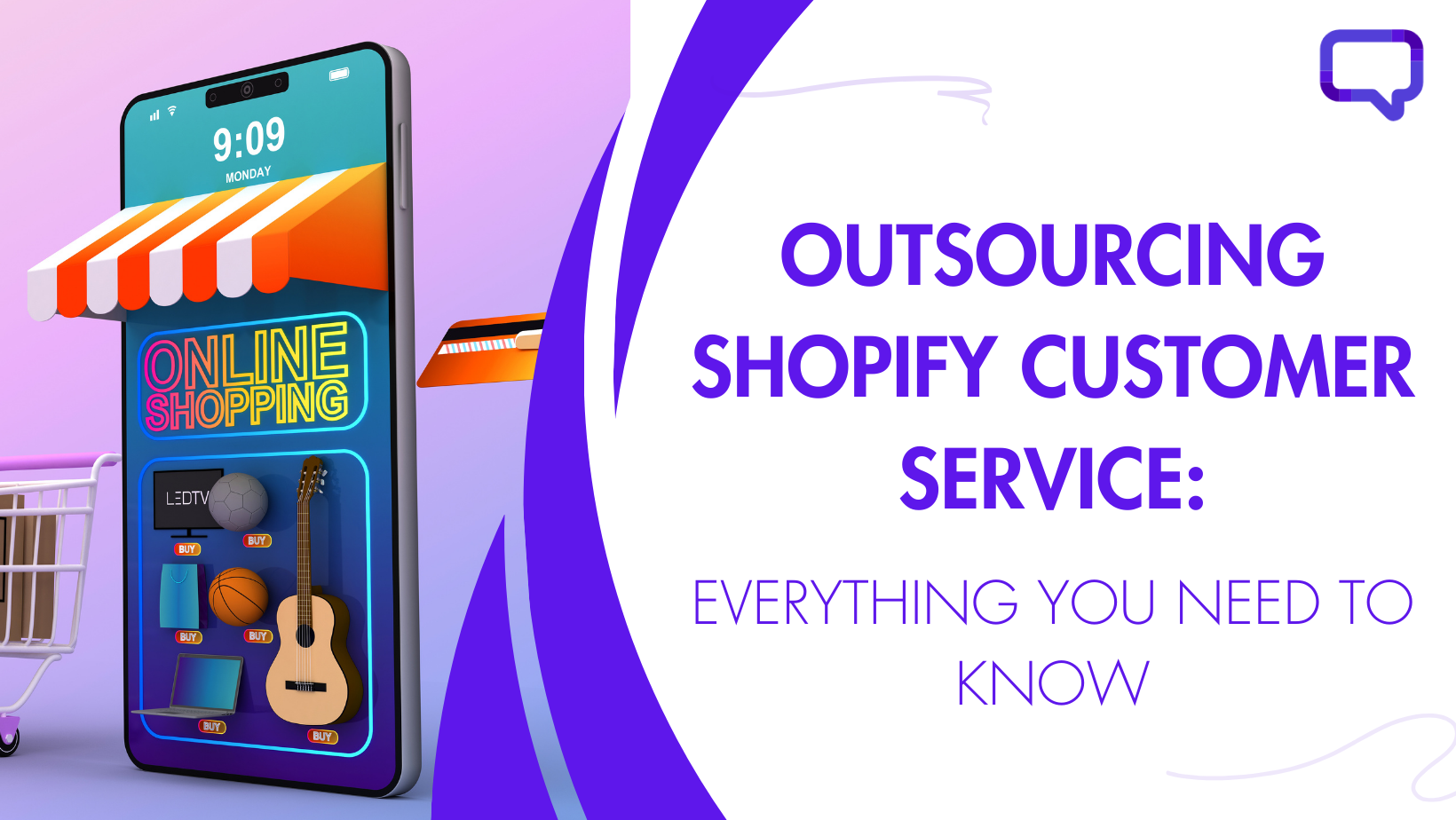
Ever wondered why some Shopify stores seem to have it all together? Their secret weapon isn't just great products but AMAZING customer service. Imagine if every customer felt heard, understood, and valued. Keeping up with emails, chats, and calls feels
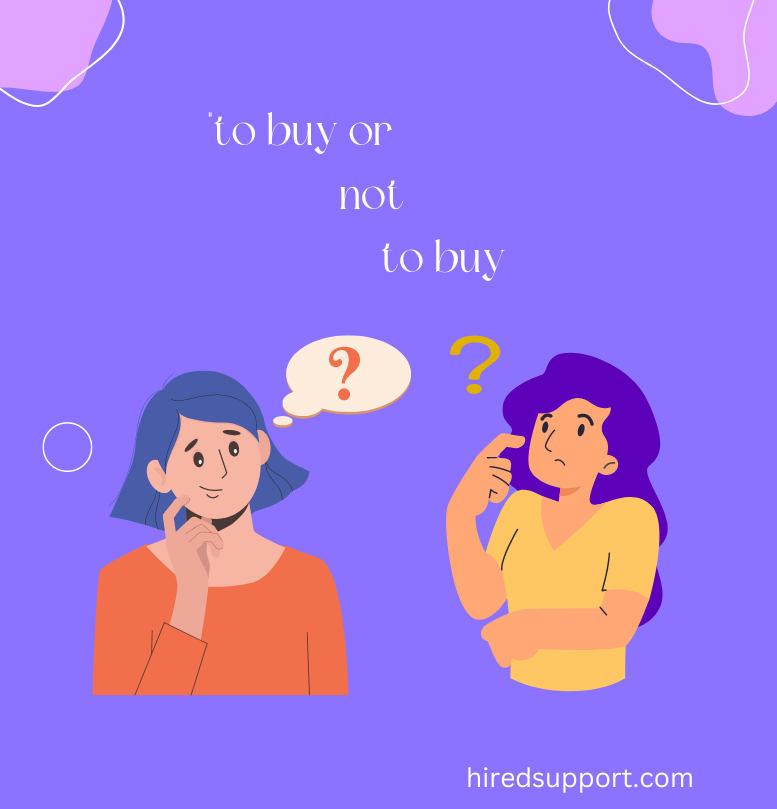
Did you know that only 8% of conversions occur after a customer interacts with a brand for the first time? Furthermore, more than 48% of conversions take place after a person interacts with a business between four to ten times!

Here's some interesting facts - 50% of U.S. consumers have abandoned a purchase due to poor customer service, and 33% of customers say they'd switch to a competitor after a single bad experience! Customer support can be the make or
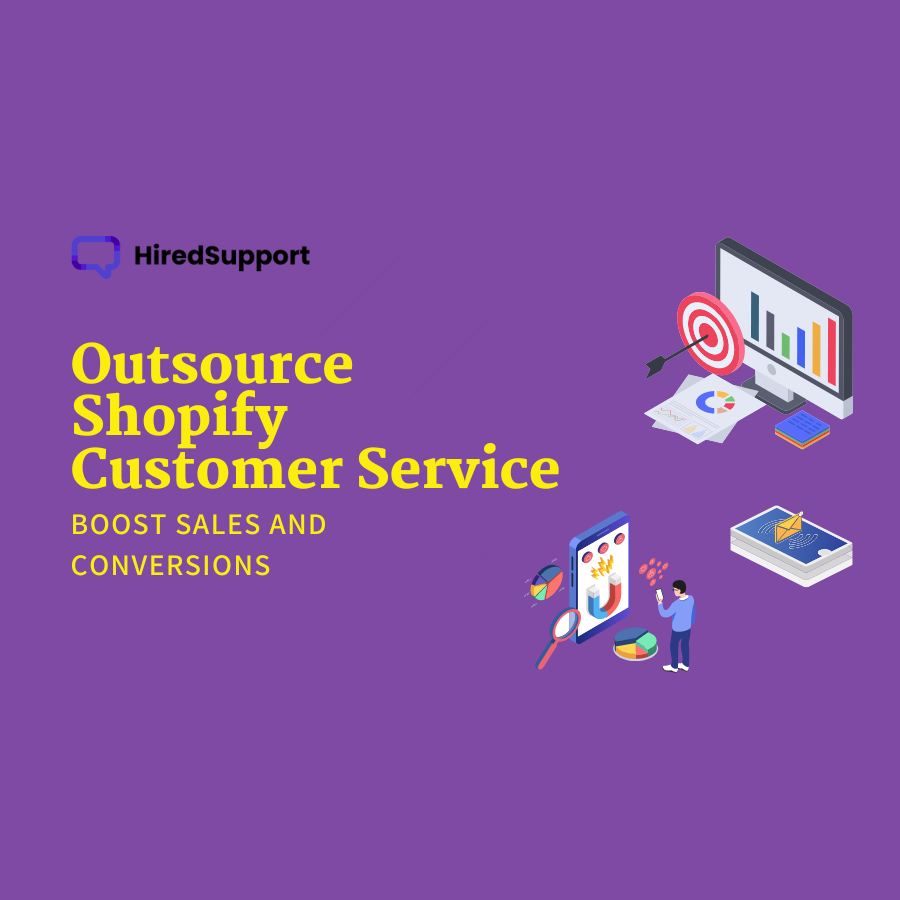
Top-notch levels of customer service can be the key to success in today’s competitive e-commerce marketplace. In fact, a survey revealed that 89% of businesses compete primarily on customer experience, giving a massive competitive edge to businesses that deliver exceptional

Support management, a vital part of amazon store owner's business: In this article, we’ll discuss the difficulties associated with running an Amazon store and the best way to overcome them. Growing your Amazon store and reaching a more diverse customer

Facebook's potential advertising reach is 2.08 billion people, and the largest demographic of Facebook users (48.8%) is between 25 and 44, according to Hootsuite. These statistics reveal the massive potential of advertising on Facebook. However, my experience as a digital
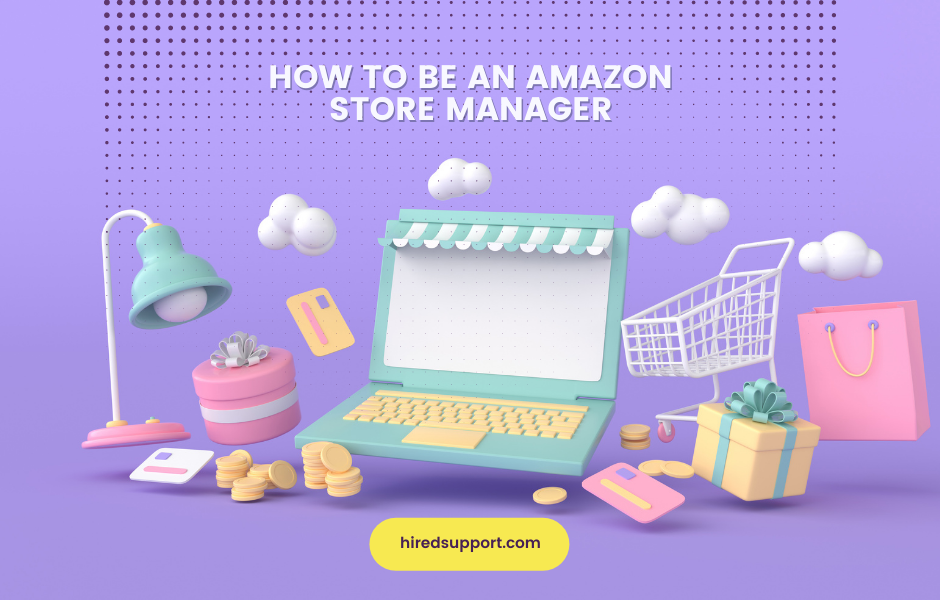
Table of Contents The Amazon store platform allows you to set up your own online storefront for other Amazon shoppers to browse and purchase products from. As an Amazon store manager, you’ll be responsible for building and maintaining the storefront,

Starting your own small business is a challenge. Not only do you need to figure out how to establish your brand and create a competitive product, but you also need to build an audience and find the right marketing channels.
Have any more questions? Reach out to us and we’ll get back to you in no time!
© 2024 HiredSupport | All Rights Reserved